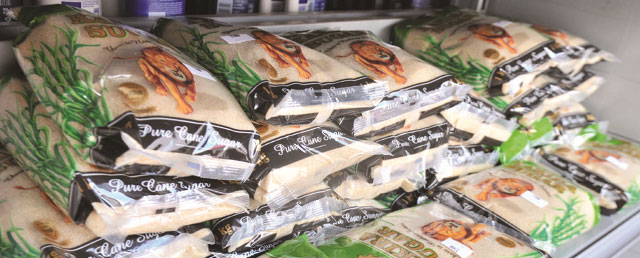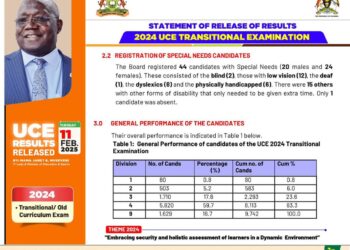As local consumers in Uganda brace for tougher times regarding further price hikes for sugar, many industry players link this crisis to increased export levels of this product, amidst production falls.
The local population has sounded an alarm, responding to the current sugar price crisis, in which a Kilogram is now sold an average of UGX. 5, 000, the highest in five years, representing a 30% hike from what it was last month.
Reports also say that some sugar cane farmers have abandoned the crop, on grounds that it is no longer profitable, and takes considerably long to mature, leading to shortage of raw materials and this has translated into hiked prices for the sweet product.
Chairperson for Uganda Sugar Manufacturers Association (USMA) Mr. Jim Kabeho noted that the industry has witnessed a shortage of raw materials chiefly sugarcane, and this makes it rather hard to craft short term solutions to bring prices down, an indicator that the situation might even worsen, till the end of this year.
“We do not have enough cane and we are working at half the crushing capacity. Input costs like fuel and fertilizers have all gone up,” Kabeho said.
He made a shocking revelation that a tonne of sugar cane has increased from UGX. 100, 000 in June to UGX. 170, 000 in September this year, and factories from the eastern region of Uganda paid a heavy price due to this phenomenon.
Besides, consumption rate for sugar in Uganda was determined at 360,000 metric tonnes in the year 2020, with the production at 510,000, creating a surplus of 150,000, according to Kabeho.
The increase of sugar cane supply in 2018 is said to have triggered a decline in sugar prices, and Ugandan farmers had even started to export cane which was sold to industries in Kenya, but the worst happened in 2020, when sugar imports were banned by Uhuru Kenyatta’s government.
This frastrated Ugandan farmers because their incomes had been reduced, and they willingly cut down their sugar cane plantations, resorting to planting cereals like rice, millet, maize and sorghum.
Farmers also abandoned sugar cane growing because it takes a long period of time to mature, that is to say; two years and the more it matures, the more it loses weight, hence causing losses to farmers.
Kenneth Barungi, a former employee at Kakira Sugar factory in Ugandan attributed this crisis to increased exports and hoarding by manufacturers and some retailers.
Recent figures from the Bank of Uganda (BoU) indicate an increase in Uganda’s export of sugar to the neighbouring counties in the last four years. For instance, the country’s sugar export volumes increased from 164, 273 tonnes in 2018 to 100.3 million in 2021.
Sadly for local consumers, Uganda many not stop hoarding by wholesalers because it operates a free economy and also cannot halt export volumes due to the need for foreign exchange revenue.
Do you have a story in your community or an opinion to share with us: Email us at editorial@watchdoguganda.com













